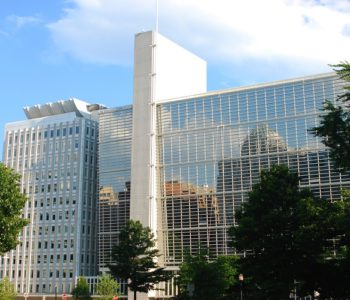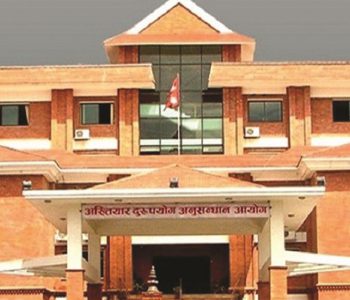Share loans dominate investment growth in Nepal’s banking sector

KATHMANDU: In the first five months of the fiscal year 2081/82 (July–December 2024), share loans have seen the highest growth among investments by banks and financial institutions. According to Nepal Rastra Bank (NRB), margin loans increased by 19.8% during this period.
Despite the significant rise in share loans, the impact on share prices has been minimal. While companies with smaller capital bases have seen higher share prices, larger banks and companies with substantial capital have struggled with low share prices.
Compared to share loans, credit expansion in other sectors has been modest. Loans to the industrial production sector grew by 5.4%, construction by 3.5%, wholesale and retail trade by 3.8%, transport, communication, and public services by 3.6%, service industries by 5.0%, and consumer sectors by 3.6%. However, credit to the agriculture sector decreased by 0.7%, despite government and NRB efforts to promote agricultural lending.
NRB reported that private sector loans from banks and financial institutions increased by NPR 178.29 billion (3.5%) in the first five months of the fiscal year. On an annual point-to-point basis, private sector lending grew by 7% as of mid-December 2081. However, despite declining interest rates, loan demand remains low, raising concerns across the financial sector.
Of the total loans disbursed to the private sector, 64.1% were directed toward non-financial institutional sectors, while 35.9% went to individuals and households. Among financial institutions, commercial banks saw a 3.6% increase in private sector lending, development banks 2.7%, and finance companies 4.3%.
Collateral-backed loans accounted for 13.5% of total credit, secured by current assets such as agricultural and non-agricultural goods, and 66.1% was secured by real estate collateral. As of mid-December 2080, these figures stood at 11.6% and 67.7%, respectively.
Loans in specific categories also showed varied growth trends. Term loans increased by 2.2%, trust receipt (import) loans by 47.3%, hire purchase loans by 3.7%, cash credit loans by 1.9%, and real estate loans (including personal housing loans) by 3.1%. However, overdraft loans declined by 11.1%.
As of mid-December 2081, the weighted average deposit interest rates of commercial banks, development banks, and finance companies were 4.78%, 5.75%, and 6.70%, respectively. Similarly, the weighted average lending rates were 8.90% for commercial banks, 10.26% for development banks, and 11.48% for finance companies. These figures represent a significant decline from mid-December 2080, when lending rates were 11.85%, 13.39%, and 14.30%, respectively.
Internal credit grew by 1.6% during the first five months of the fiscal year. NRB noted that deposits in banks and financial institutions increased by NPR 172.32 billion (2.7%) during the same period. On an annual point-to-point basis, deposits grew by 10.9% as of mid-December 2081.
As of mid-December 2081, the share of current, savings, and fixed deposits in total deposits stood at 5.3%, 33.6%, and 53%, respectively. Institutional deposits accounted for 35.8% of total deposits in banks and financial institutions.













Facebook Comment